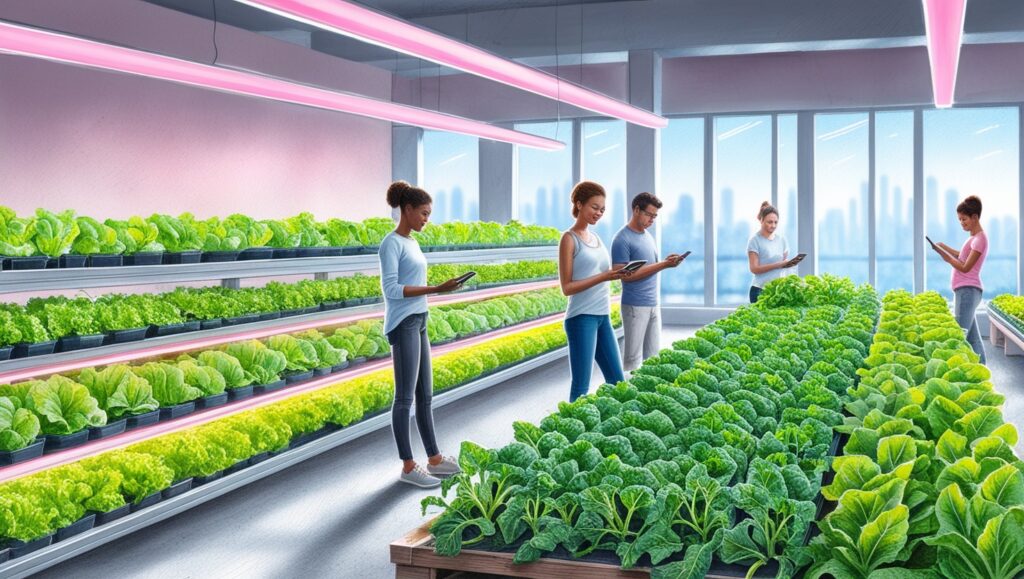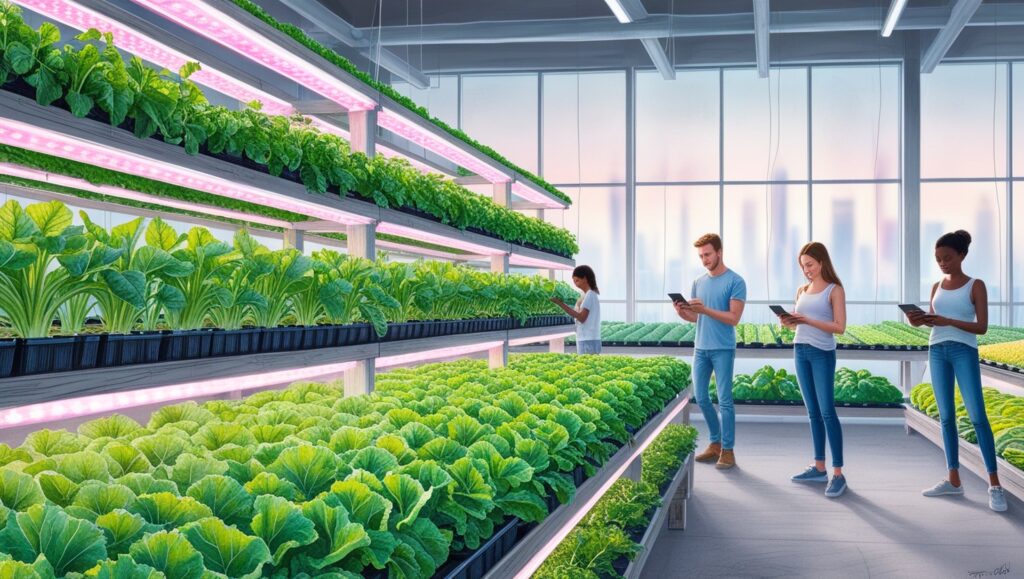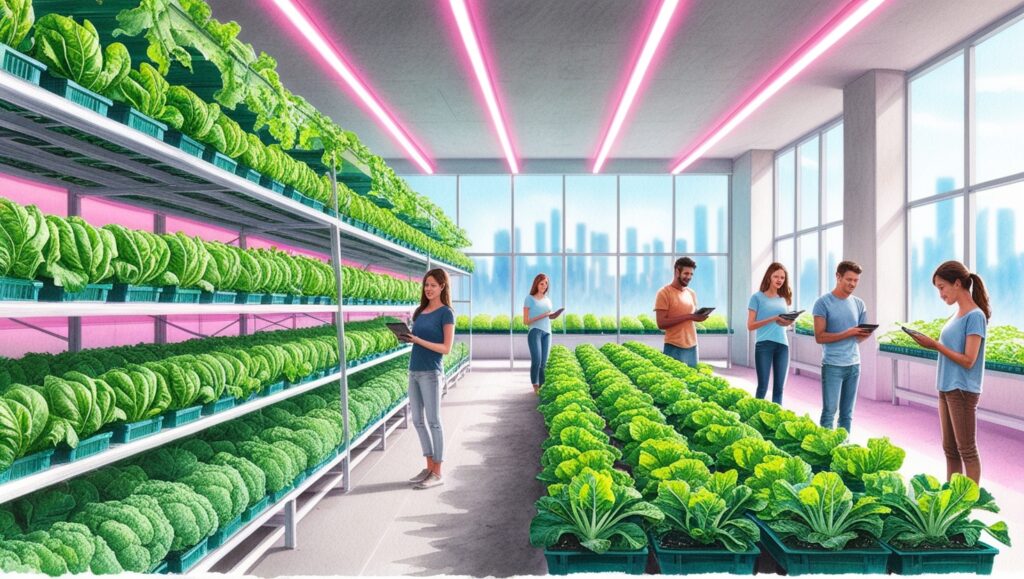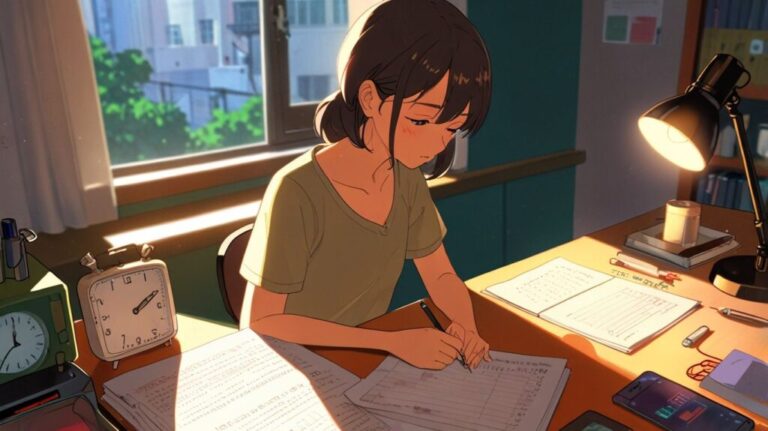Why Indoor Farming Is Reshaping Food in 2025
Why Indoor Farming Is Reshaping Food in 2025
Farming Isn’t Dead. It Just Moved Indoors.
Let’s be real — the world’s changed. Wild weather, overworked soil, and shipping food halfway across the planet? It’s not working anymore. But instead of panicking, humans did what they always do when things get weird:
We got creative.
Enter indoor farming — where agriculture steps into the future, leaving muddy boots and scorching sun behind. We’re talking clean, climate-controlled rooms growing food vertically, with the precision of science and the heart of survival.
This isn’t just about trendiness. In 2025, this shift is personal. It’s about food that’s local, safe, sustainable — and something we can actually count on.
So… What Exactly Is Indoor Farming?
In the simplest way possible? It’s growing food inside — but not like your grandma’s windowsill herbs. This is farming without soil, without natural sunlight, and without depending on the weather.
Here’s what’s driving it:
- Vertical farming – plants grown in stacks, often in tall shelves
- Hydroponics – growing in nutrient-rich water
- Aeroponics – misting the roots instead of burying them
- Aquaponics – pairing plant growth with fish in a beautiful little ecosystem
All of it happens in clean, enclosed spaces using sensors, LED lights, and enough nerdy tech to make NASA proud.
Why It’s Blowing Up in 2025
The short version? Because the old system’s cracked. And people are tired of waiting for it to fix itself.
- Climate chaos is wrecking crops worldwide
- Urban populations are booming, but farmland isn’t
- Supply chains are fragile (shoutout to that one time we ran out of tomatoes)
- People want control over where their food comes from
And indoor farming says, “Yeah, we got you.”
Food grown right inside cities, close to the people who eat it. No pesticides. No floods. No burning fuel to fly strawberries across oceans.
It’s not just smarter. It’s necessary.
What Are They Actually Growing?
You won’t find cornfields in a skyscraper (yet), but indoor farms are thriving with:
- Lettuce, kale, arugula, spinach
- Fresh herbs like basil, mint, parsley
- Strawberries, microgreens, cherry tomatoes
- And some amazing mushrooms
Basically, anything that’s leafy, quick to grow, and doesn’t need acres of dirt.
It’s efficient. Clean. Reliable. And low-key kind of beautiful.
The Tech Side (aka Where It Gets Really Wild)
Here’s where your mind might melt a little:
- LED lights are custom-tuned to mimic sunrise, sunset, and even cloud cover
- Sensors track everything from humidity to plant stress levels
- AI optimizes water usage and nutrient delivery down to the drop
- Some farms even play music to their plants — and swear it helps
It’s not just farming. It’s plant engineering.
And while it sounds super high-tech, the goal is simple: grow more food, waste less, and stay ahead of the climate curve.




Okay But… Is the Food Even Good?
Yes. Like, shockingly good.
Indoor farms grow produce that’s often fresher, cleaner, and sometimes even tastier than stuff shipped in from across the country. No pesticides. No weird weather messing things up.
And because everything’s so controlled, you get the same flavor every time. If you’ve ever bitten into an indoor-grown strawberry and tasted summer in January, you know what I’m talking about.
Real Talk: It’s Not Perfect
Let’s not sugarcoat it.
Indoor farming still has hurdles:
- Startup costs are steep
- Energy bills can be massive (unless they’re solar-powered, which many are)
- You can’t grow everything indoors — yet
But even with these issues, the movement is growing. Fast. And when it works? It works brilliantly.
Why It Hits Home
This isn’t just some “future tech” for headlines. It’s happening in real time, in real cities, by real people trying to feed their communities.
I’ve seen it. A vertical farm in a Chicago basement. An abandoned mall turned lettuce factory in Seoul. Kids walking home with food grown a block away — not from a truck 3,000 miles out.
It’s food with roots — not in soil, but in something deeper. In intention. In hope.
And that? That’s what makes it beautiful.
External Resource:
Want to learn more about vertical farming?
Check the Wikipedia page:
Vertical Farming
https://en.wikipedia.org/wiki/Vertical_farming
Related Articles from EdgyThoughts.com:
Why Cold Showers Are Trending for Mental Health 2025
https://edgythoughts.com/why-cold-showers-are-trending-for-mental-health-2025
Why Digital Minimalism Is Trending Again 2025
https://edgythoughts.com/why-digital-minimalism-is-trending-again-2025
How Is AI Revolutionizing Renewable Energy?
https://edgythoughts.com/how-is-ai-revolutionizing-renewable-energy/
Why does hybridization occur in chemical bonding?
https://edgythoughts.com/why-does-hybridization-occur-in-chemical-bonding/






One Comment